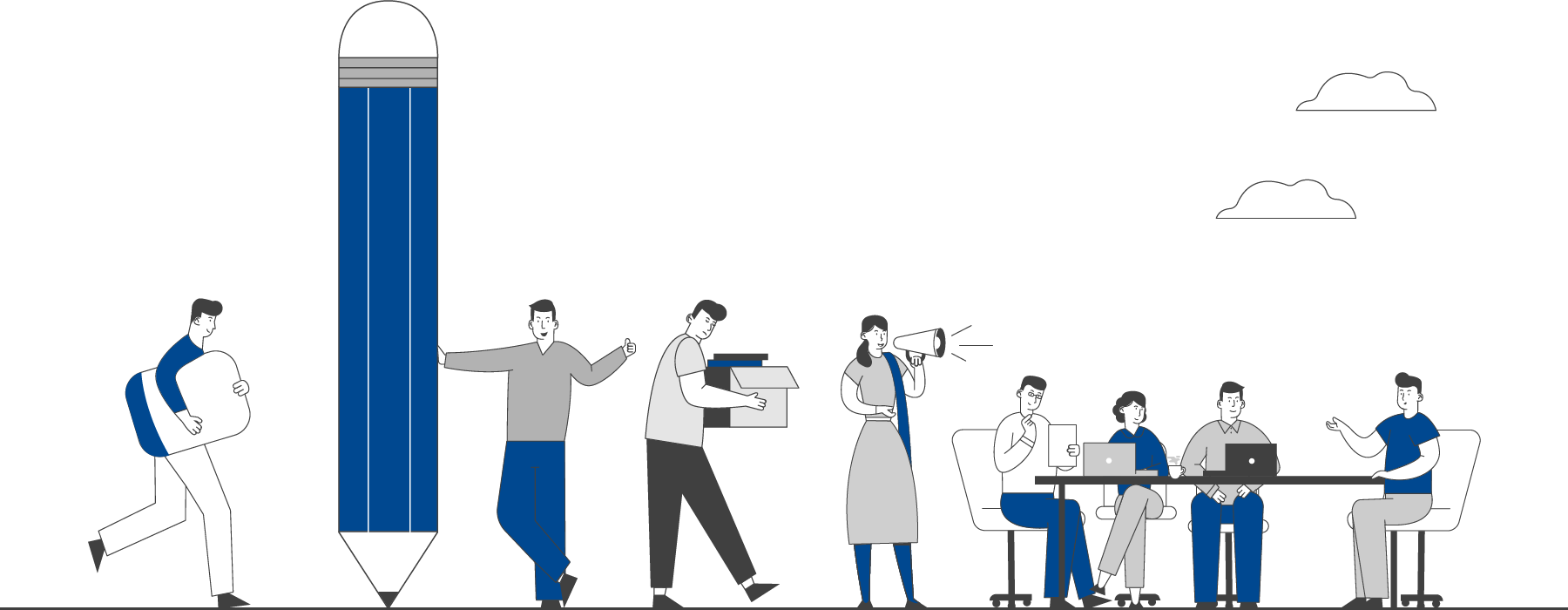

This section hosts guidelines, manuals and toolkits to strengthen public health practice.
Resources
FILTER
BY CATEGORY
View All
COVID-19 pandemic disturbs respiratory virus dynamics
14 Jul 2022by The Lancet 5 MIN
This article analyses the interactions between respiratory viruses and COVID 19. Both the so-called immunity debt and the reduction in COVID-19 mitigation measures are likely to be to blame for the rise in respiratory infections. The immunological memory response of people has been impacted by extended periods without infection. The frequency of illnesses caused by endemic diseases is typically influenced by the rate at which people lose their immunity. People's immune systems become less capable of fighting infection the longer they are not exposed to certain viruses. People's mucosal immunity against infection starts to deteriorate if they are not exposed to pathogens for a lengthy period of time. The longer this period, the greater the likelihood that their systemic immunity to severe infection will also decline, increasing the likelihood that they may experience severe illness when infected. Due to the mismatch in the timings of influenza and COVID waves of infection, the danger of this confluence of high rates of influenza and COVID-19 was a worry for several nations throughout the pandemic but happily did not materialize. The shortage of healthcare workers is the worst effect of all these diseases, and patient safety is a worry due to the understaffing of many hospitals. It is crucial to give medical professionals the right protective gear and assistance, especially when burnout rates are high. A better knowledge of how circulatory patterns have changed in the setting of the COVID-19 pandemic will be necessary to deal with the changing dynamics of respiratory viral infections. As pressures may arise at different times, health care systems will need to consider how changing patterns of infection will affect managing staff and resources. Additionally, countries should continue to collect and share surveillance data so that we can all benefit from their knowledge and be ready for these uncertain times.
Related File :
1414554860.pdfCategories
COVID-19

 EXPLORE DATA
EXPLORE DATA 



























